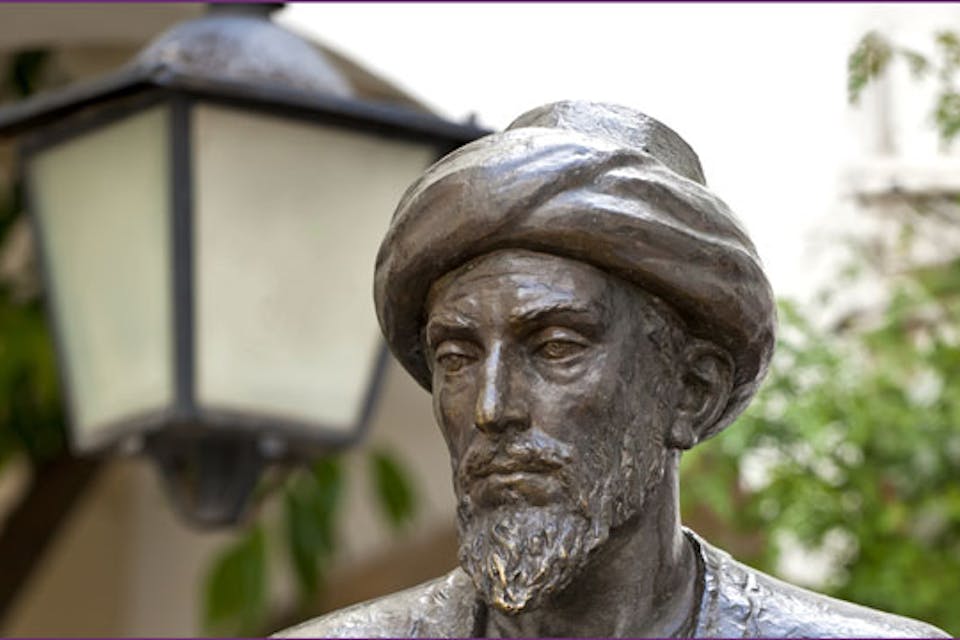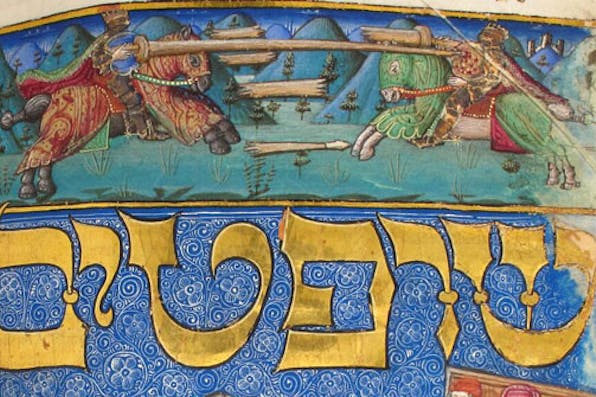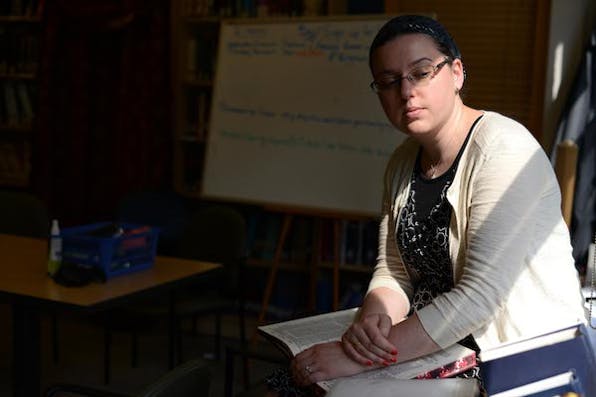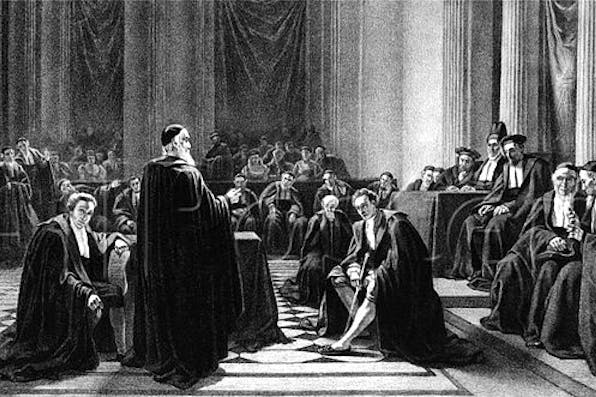
December 15, 2013
The Paths Not Taken
There have been two moments in the last 150 years when the assumptions behind Jewish law seemed poised to change. Nothing happened. Is today different?
Joshua Berman’s “What Is This Thing Called Law?” has much to commend it. As opposed to the rather simplistic declarations typically heard on the subject, Berman offers a serious discussion about what halakhah is, what it should be, who decides it, who decides who decides it, and what role it ought to fill in Israeli and Jewish society—Orthodox and otherwise. In so doing, he draws much-needed attention to the social as well as textual forces that shape halakhic decision-making, and to the conflicts between Orthodox doctrine and the inner life of many committed Jews.
All this is important and illuminating, and I identify with the essay’s overall direction. But in anchoring the discussion in the Bible (Berman’s primary area of expertise), rather than in the Mishnah and Talmud, and in focusing attention on the format of the law rather than its method of interpretation, Berman makes it hard for even a sympathetic reader to be convinced.
The thrust of Berman’s piece is that Jewish law can be divided into two eras. The first, dominated by a “common-law” approach, runs from the Bible until sometime between Moses Maimonides in the 12th century and Joseph Karo’s Shulhan Arukh in the 16th. Thereafter, we enter what he calls the “statutory” era, which endures to the present. Berman argues that the codification of halakhah (somewhat confusingly merged with the “statutory era”) has resulted in a loss of vitality and alienated halakhah from the society it aims to govern. This can be corrected, however, if we recalibrate the dual legacy of “common-law” and “statutory” halakhah to produce a more vibrant and responsive version of the Jewish legal tradition.



